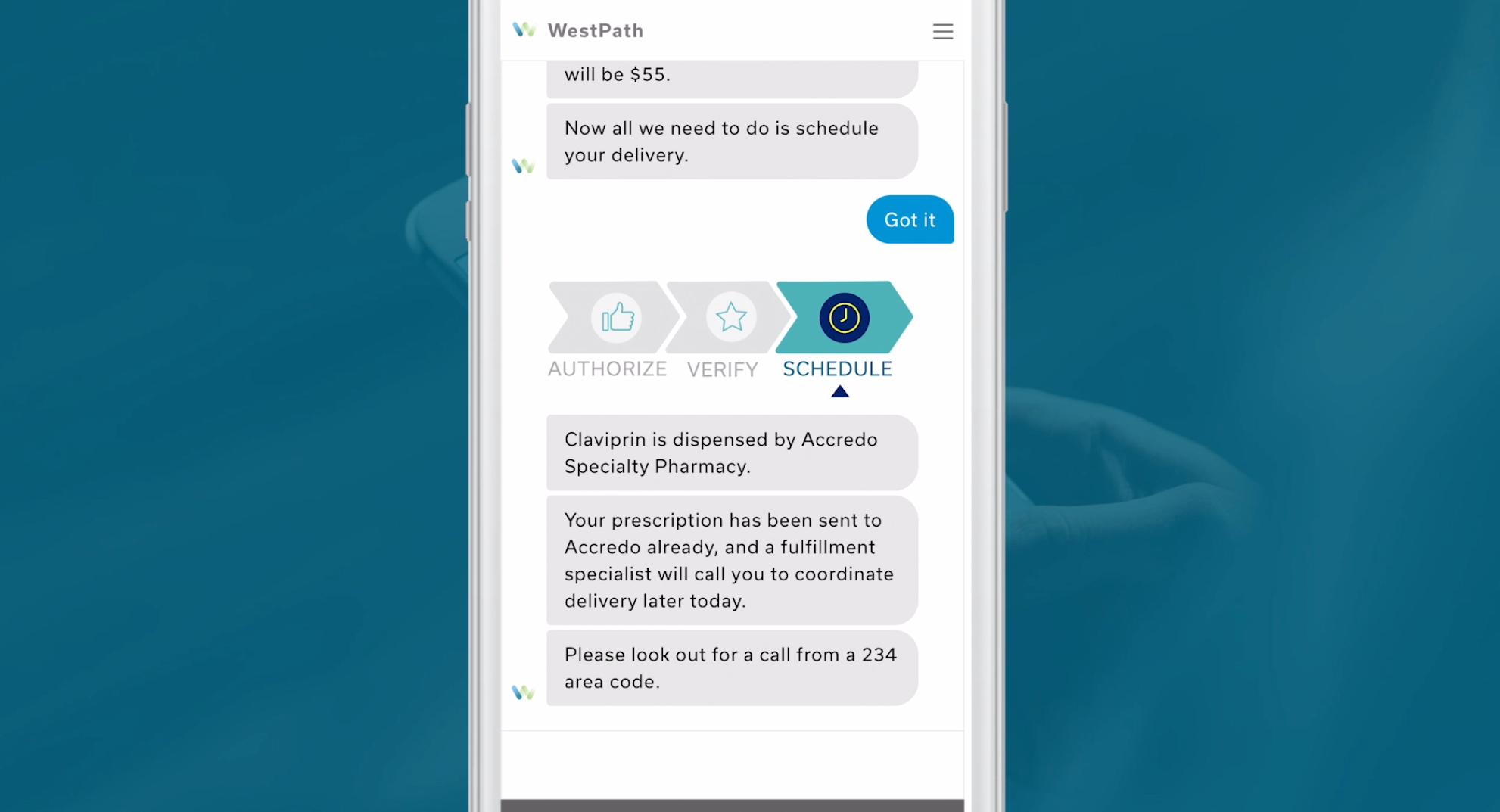Patient engagement is a concept that has gotten a lot of attention in the healthcare industry, and for good reason. The perfect storm of new regulations, evolving reimbursement incentives and technology advancements will ultimately drive the industry to deliver a customer experience that is on par with other commercial sectors. Patients are frustrated, and as they gain more control and choice, it is imperative that providers find ways to improve the healthcare experience.
As an industry that mastered the art of printed collateral and paper forms, healthcare has a lot of room to evolve from analog to modern digital experiences across the care spectrum. The technology revolution that has transformed the retail industry is setting consumer expectations across sectors, and healthcare is not immune. When practitioners think about patient engagement strategies, they must take a digital first approach and a lot can be learned from the e-commerce companies that wiped out traditional bricks and mortar retail.
Massive investments in powerful EHR systems and patient portals are gradually getting things digitized, although there are still limitations. EHR systems were designed to be a system of record for billing and data management. A modern patient engagement system is a different animal. One of the big struggles with a “build it and they will come” approach to technology is adoption. This is a common challenge for any technology. People aren’t interested in registering for and learning new systems — especially in an area like healthcare. Let’s be honest, medical information is not simple and when complexity is added to the mix, the IT adoption challenges in healthcare are not surprising.
Technology is evolving at an exponential rate, which works against big complex system implementations. By the time the new software is deployed, oftentimes it’s already obsolete. Things are not slowing down. In the past 20 years, the IT world has gone from installed software, to cloud, to mobile, to social networks and consumers have ridden along on the forefront at every stage. They have high IT expectations when they buy new shoes, why can’t they get the same when they see a doctor?
Smartphones and apps have become the way people interact. Apple’s original slogan — “there’s an app for that” — kicked off a revolution. In 2017 over 178 Billion mobile apps were downloaded. The healthcare industry followed suit and started launching mobile apps of all kinds, which numbered more than 325,000 in 2017. However, data across industries now show that have app fatigue. In fact, 90% of an average app’s users are gone 30 days after download. The world is overwhelmed with apps.
While nobody would say that mobile apps are a bad thing for healthcare, and more specifically patient engagement, do you see the problem here? Apps provide a better mobile experience than a website, but patients still must go to an app store, remember their password, and download the app, assuming they have the storage space on their phones.
After a successful download of an app, an IT executive may declare victory, but it’s not. In healthcare, an app download is the equivalent of reaching a website home page. Now comes the fun part of searching through the hundreds of pages of content to find the info a patient is looking for. Mobile — yes. Better — maybe. Happy patient experience — doubtful.
Mobile technology is key because that is where people are spending the bulk of their time. We just need to rethink HOW we engage, which is not necessarily an experience that begins with a big killer app.
Think about what most people do on their phones today. How did your kids tell you they were going swimming after school? It was likely via text messaging. These short, crisp communications are the way people interact today. The info comes to you, you spend eight seconds reading it and respond with a short reply. You do not open and dig around a mobile app.
What if we could communicate with the businesses and services in our lives on-demand, through our favorite messaging channels? What if the conversations we wanted were “always on” — always available to us, even if the human agents were not? What if we could not only start the conversation quickly, easily, conveniently right from our mobile phone, but at any time that served us?
Chatbots — the software “digital agents” that can capably interact with consumers conversationally, in chat mode — are the next frontier for innovators. These virtual assistants go to people on their mobile device and allow them to rapidly interact and exchange information using conversational techniques that resemble the way we talk as opposed to spinning a bunch of UI wheels and clicking around in an app.
Chatbots for healthcare are designed to engage the patient and improve the experience by taking advantage of the minicomputer in the patient’s pocket — their mobile device. Bots use Artificial Intelligence to learn and evolve. And bots don’t replace investments in EHR, Portals and mobile apps, they augment and extend them. After providing and collecting information, a bot can easily provide a portal link, but in a way that follows a personalized qualification, introduction interaction.
So, when we talk about mobile and patient engagement, it’s important to remember that the right strategy is more than an app. Healthcare app number 325,001 may not be the answer.


.png)





